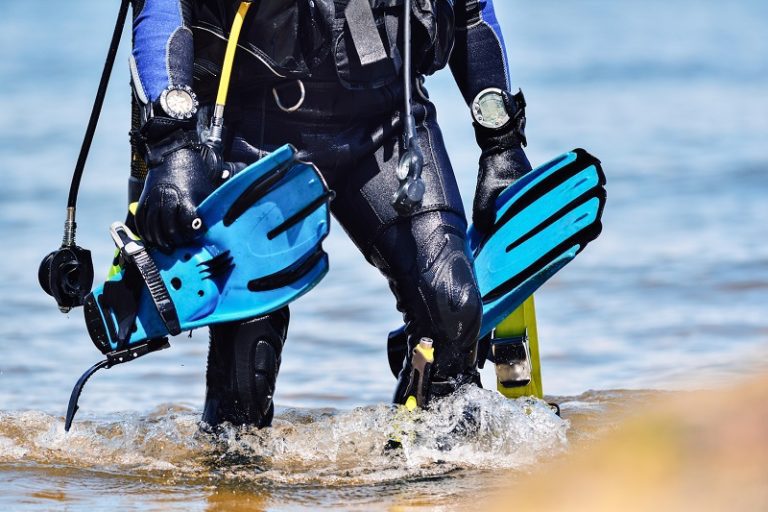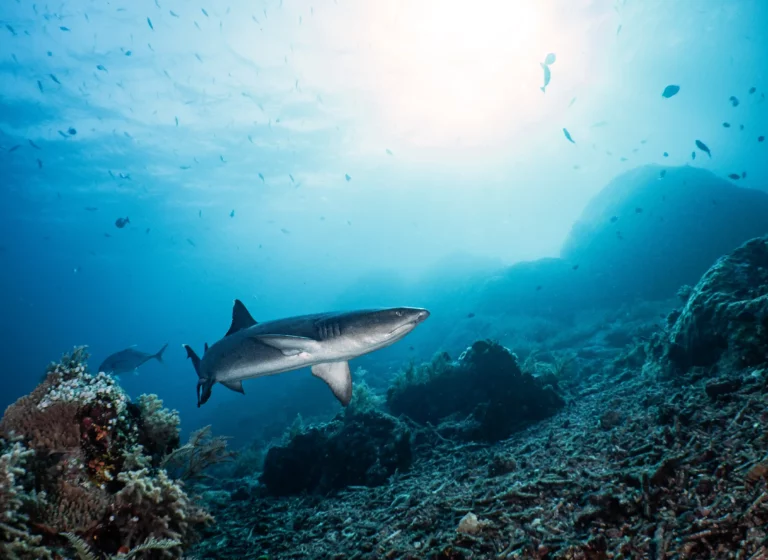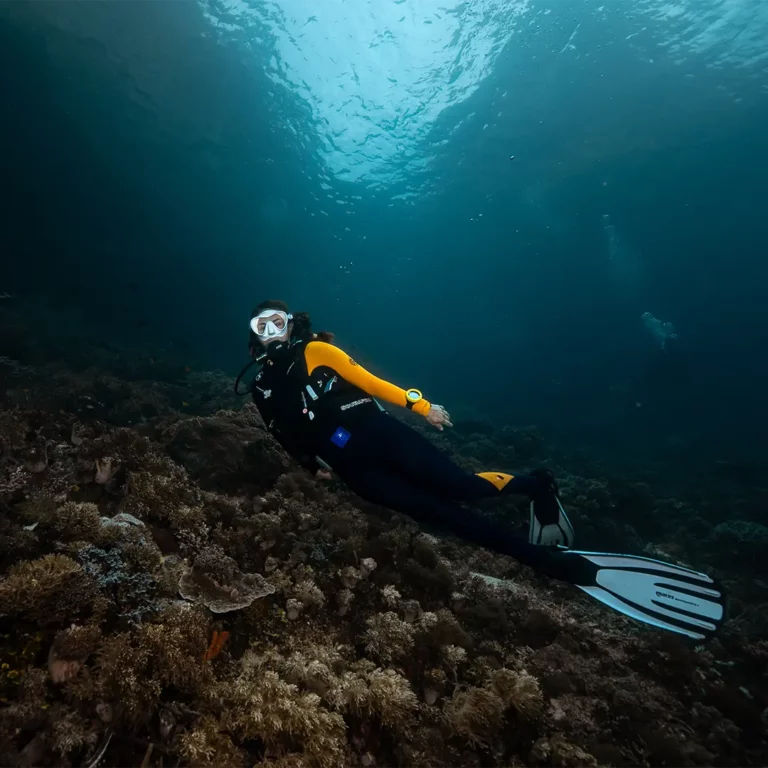Providing the correct care and maintenance for all your Scuba Diving Equipment is vital to prolonging the life of your very expensive Scuba Diving Equipment and Maintenance. This is La Galigo Liveaboard guide to Scuba Diving Equipment Maintenance, the stuff manufacturers don’t want you to know.
The following suggestions may take a little time for preparation the first time out, however, it will reap rewards and make sure you Scuba Diving Equipment stays in top notch condition. For all cleaning and washing techniques, storage is best where there is no direct sunlight and the item has access to fresh air. The care and maintenance required for your Scuba Diving Equipment can be simple and not take a lot of time to complete.

Scuba Diving Mask
If you’re like me, you can become fairly attached to your mask, and taking care of it is important if you intend to have it for a long time. Dependant on where you live and your mask lining material, certain bugs may enjoy nibbling the precious silicon lining that creates the seal between the mask and your face.
Mask Tips:
Soak the mask in 10 parts water to 1 part Dettol or it’s equivalent for 10 minutes, make sure to get behind where the lining and the mask meet. Dry with a towel, and store it in your mark case that you received when purchasing the mask.

Wet Suite Protection
I speak to so many people who spend a lot of money on a good wetsuit, and don’t get more than around 8-10 trips out of it. Onboard, our wetsuits do around 40 trips per year, and we intend to keep them in circulation for 4-5 years, that’s potentially 250 outings.
Wetsuit Tips:
Your dive centre / resort / liveaboard should have given your wetsuit a thorough anti bacterial deep clean upon the completion of your dive trip. If your wetsuit doesn’t smell clean to you, half fill a bath tub or bucket with warm to touch water (you will use this water for other items of your personal gear), and rinse with a cap full of Dettol.
If the wetsuit needs a freshen up, take some standard clothes washing liquid (not powder), fill half a measure, mix with the warm water, and hand wash item (or get your kids to do it), rinsing well afterwards. Dry the item outside or in an room with fresh air if possible, try not to expose it to any temperatures over 40c.
When the item is dry, take some silicon and apply to the zipper, then slowly run the zip up and down several times to apply to all parts of the zip sections. Do not hang the wetsuit on a hanger!
This may be a technique you’ve witnessed in a dive centre but trust me, your wetsuit will stretch with temperature fluctuations, and it will be good for nothing except wiping the tears from your eyes because you need to buy a new one!

Regulator Set
Regs have been designed to be pretty hard wearing, I have a personal set of Apeks regs which I have not serviced in 6 years (not good practice), but I have learnt to look after them well due to the initial outlay for them. Please note,
I highly recommend having your regs serviced in line with what the manufacturer suggests! I do not recommend taking apart your regulator set for cleaning, the chances of something getting inside the first stage will be significantly increased, and is unnecessary in my opinion unless you need to service something, still, leave this to your service centre.
Handle your regulator set with care, most damage comes from knocking the Scuba Diving Equipment, especially if you are using an analogue console setup.
Regulator Tips:
Firstly, remove the dust cap from the yoke or DIN, and check if there is any water, on either the bottom of the dust cap, or around the internal part that it covers. Take a lint free cloth and wick away any excess water droplets.
Replace the dust cap, then take the regulator set and soak it in the bath tub or bucket with the Dettol you prepared earlier. Leave the set in there for 10 minutes, then rinse thoroughly with a hose or shower head.
Ensure that the LPI connector pulls smooth, if not, leave this piece in undiluted coca cola for 24 hours and rinse. Hang the regs from a hanger outside, away from sunlight for around 6 hours if possible, or use a hairdryer on a cool setting to ensure all water is out of the second stages.
Store the regs in the manufacturers bag you were provided with, or choose a padded zip bag and store in a cool dry place where there is not a lot of manual traffic.

Buoyancy Control Device (BCD)
Most likely your second most expensive piece of your Scuba Diving Equipment, and likely one of your most loved. We meet loads of guests on La Galigo with old BCD’s from way back when, some pieces more jaded than others.
Like an old album you can play years after release, they will retain quality! Dependant on your preference for back inflation or standard, cleaning techniques are pretty much standard. If you have purchased a BCD with a removable inflation bladder, now is your time to shine.
BCD Tips:
Unscrew all dump valves, and soak the spring and other pieces in Coca-Cola or Pepsi for a good 24 hours. It is also a good idea to remove the connector for the LPI hose located on the inflator / deflator console, including the console itself and do the same.
If you have chosen to do this with the inflator / deflator unit, rinse very well, or the components will become stuck over time. Meanwhile, fill the BCD bladder full with 10 parts water to 1 part water and Dettol. Roll the BCD around so that it might dislodge
anything inside, hang, then drain by compressing the deflator button.
Fill and drain well 2 more times with fresh water or until you cannot smell Dettol any longer. Leave the BC hung in a cupboard with the dump valves not attached to allow fresh air to enter the bladder. If water is left inside the bladder, harmful bacteria can manifest inside, and a smell will appear that you will struggle to remove.

Scuba Diving Fins
Nowadays fins have multiple variables as different brands seek to get a strangle hold on the market place. There are many such variables such as blade length, blade bend, blade style, materials used throughout the fin, plus foot pocket style.
There are also some brands that use what I would call gimmicks, such as spring systems and odd shaped blades, always check the manufacturer’s guidelines for extra care that may be required for such ‘add-ons’.
Fin Tips:
Fin cleaning and maintenance is not too much of a strenuous affair, as a simple wash with fresh water should keep the old faithful going for a long amount of time. Here we need to concern ourselves more with their storage. Dry the fins well after rinsing, and try and find a space without too much heat,
I usually use my garden shed in England as it’s always usually cold over there. The biggest thing I find for longevity of fins is the position they are stored, not standing them upright! I have found over the years that this tends to warp the blades, especially when living in a tropical climate.
If you are using metal spring heel straps, now is the time to remove and soak in Coca-Cola overnight, rinse thoroughly with fresh water, dry thoroughly outside or in a warm place, and store with your fins so you know where to find them before your next dive adventure.

Scuba Diving Computers
The use of wrist watch style computers is more common in the professional community, however, there are increasing sales and innovative product year on year for this type of equipment, like Apple just released its innovative watch the Apple Watch Ultra that can work as a dive computer. Generally speaking, they are your lifeline for diving, and most if not all manufacturers produce hardy pieces of Scuba Diving Equipment.
Computer Tips:
Washing with fresh water will normally be suffice for you piece of equipment. If you have a stainless housing, it’s a nice touch to use a soft toothbrush and washing up liquid twice a year to keep it looking good.
If you are lucky enough to have a rechargeable computer that you intend to store, the time is not after a trip to recharge it. Get it out a month prior to your next trip and charge it then, this will give you ample enough time to check its functionality and give the battery a longer life.
Conclusion
The preservation and performance of your scuba diving equipment heavily depend on how well you maintain them. Remember, the importance of cleaning, drying, and storing your gear properly cannot be overstated. After all, these are not only investments for your underwater explorations but also your safety line when you plunge into the deep blue. And if you’re planning to explore the vivid underwater realms of Komodo or Raja Ampat, a liveaboard experience with La Galigo can offer you a spectacular adventure.
Our seasoned team understands the importance of well-maintained gear, ensuring you can focus solely on the breathtaking marine life and spectacular coral reefs. So, if you’ve got your scuba equipment maintenance routine down, why not put it to the test on a dive trip like no other? Book your La Galigo liveaboard trip today and prepare to make waves in these world-renowned diving destinations.<LGL>








